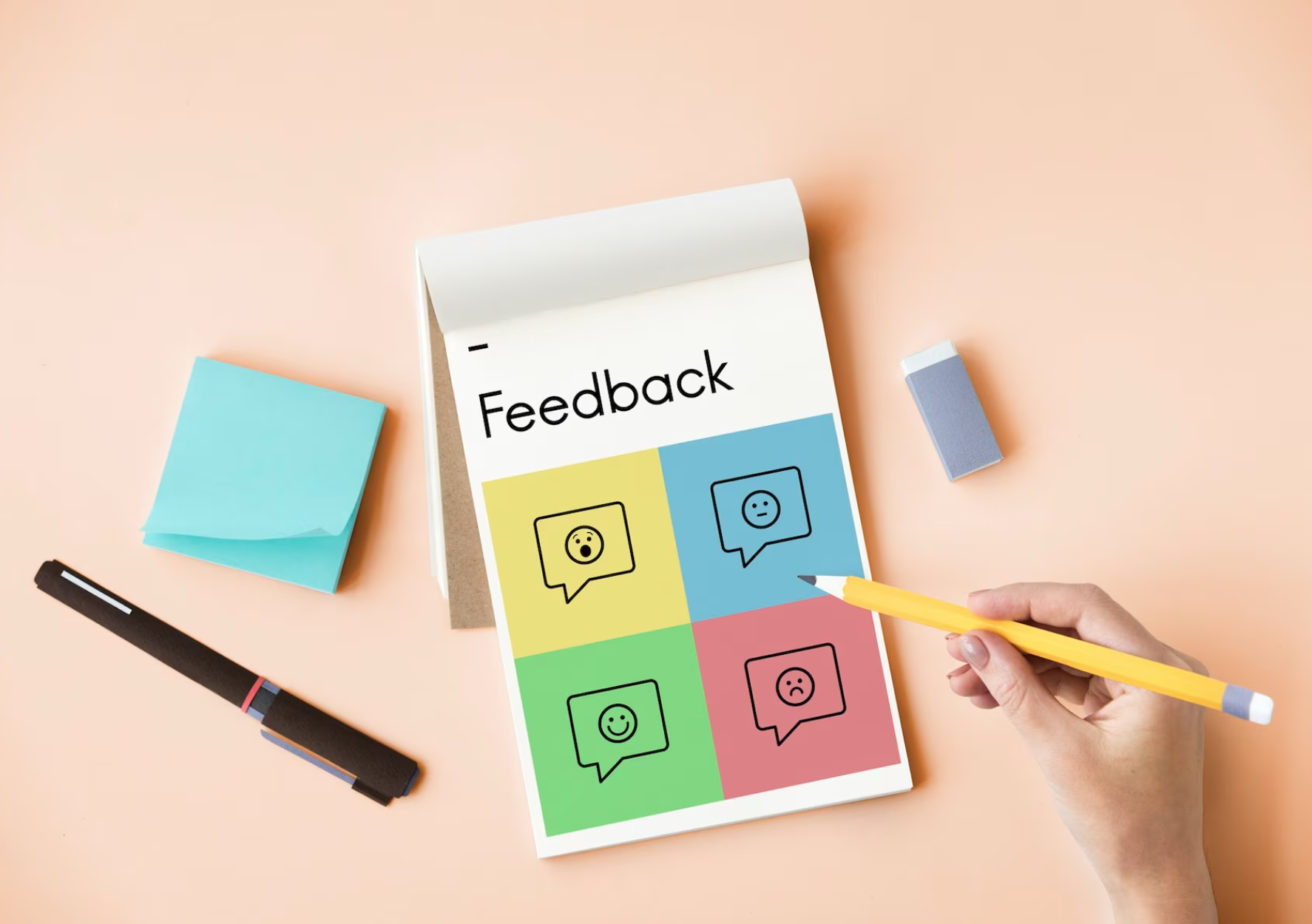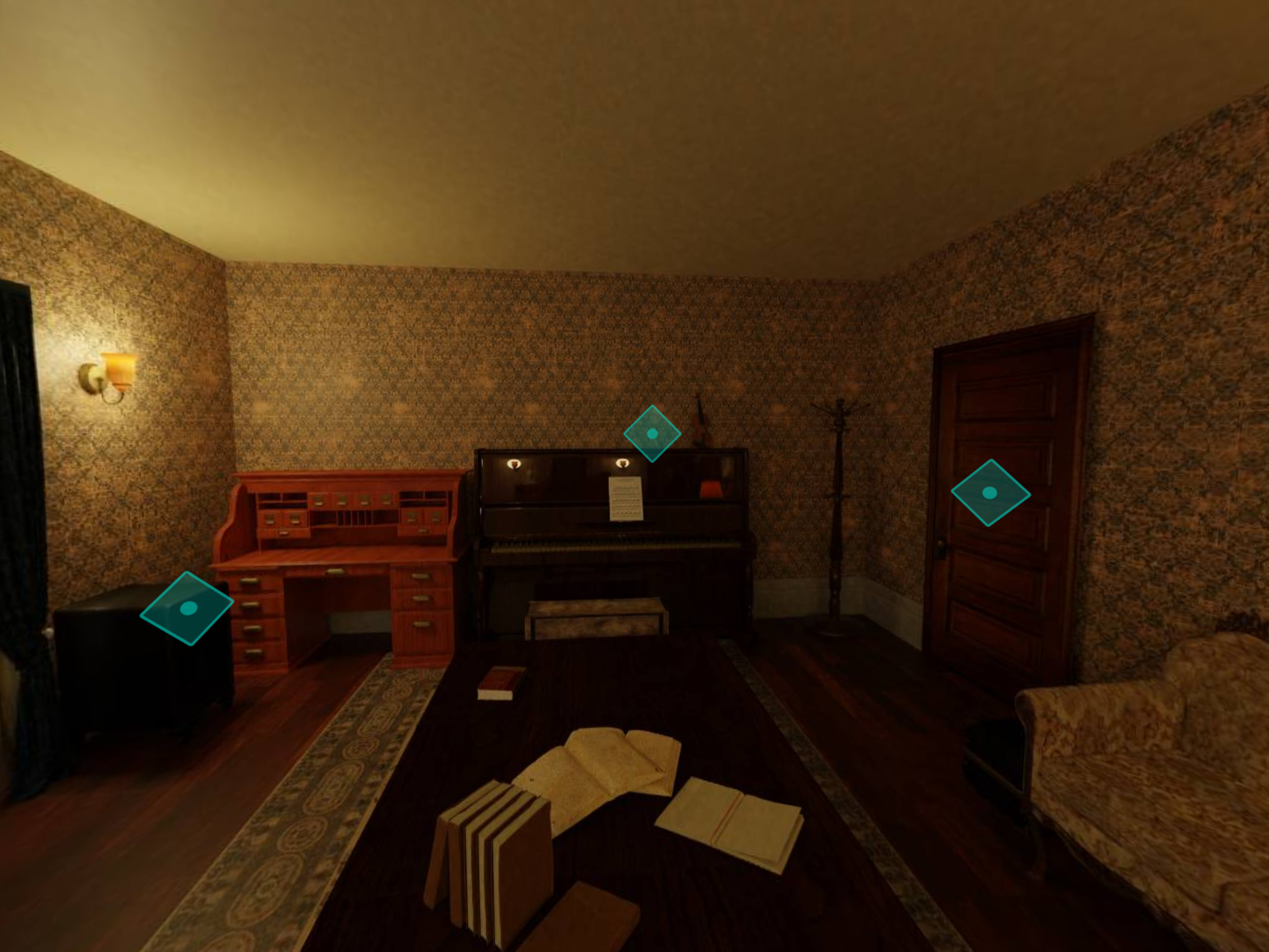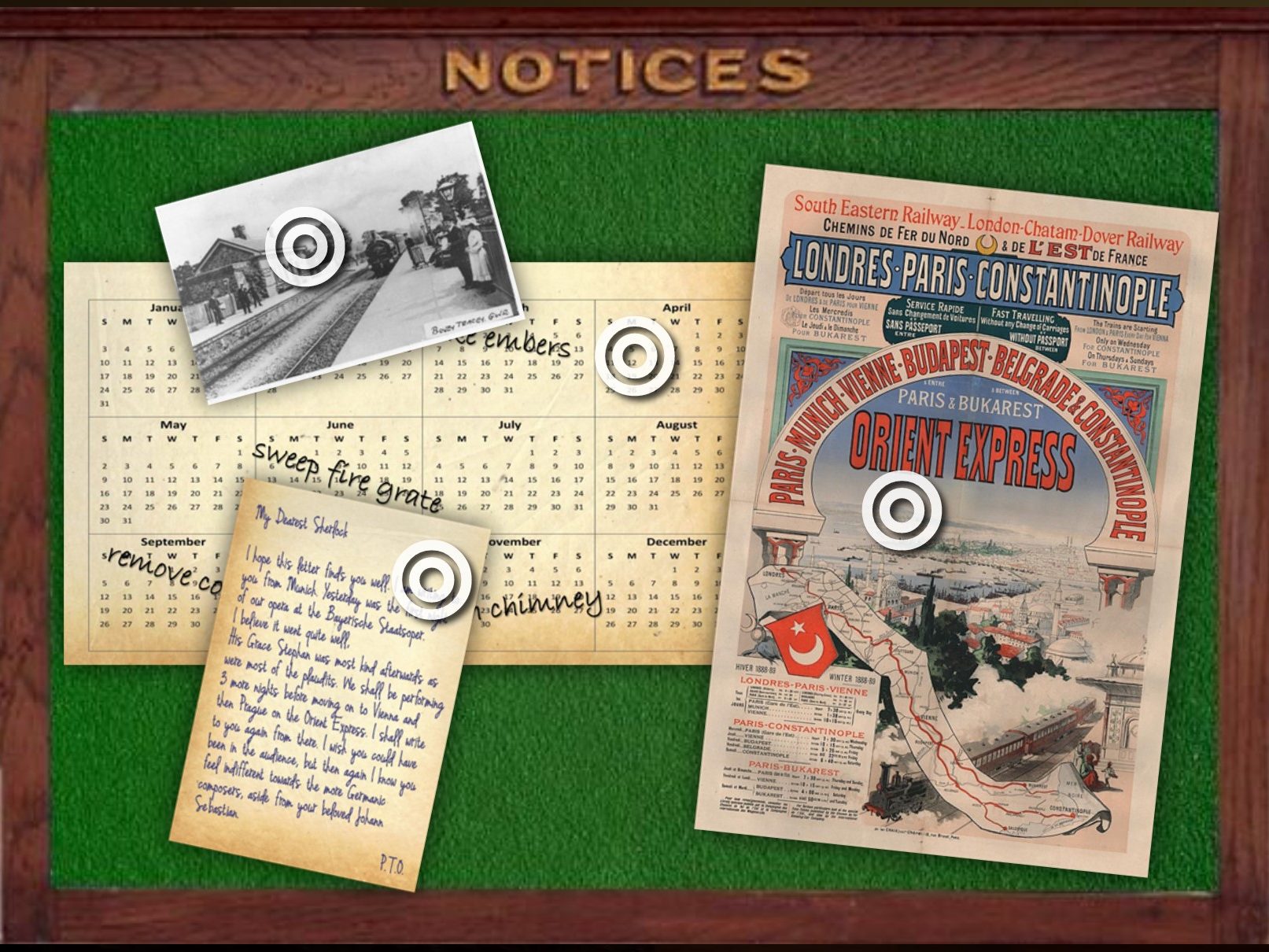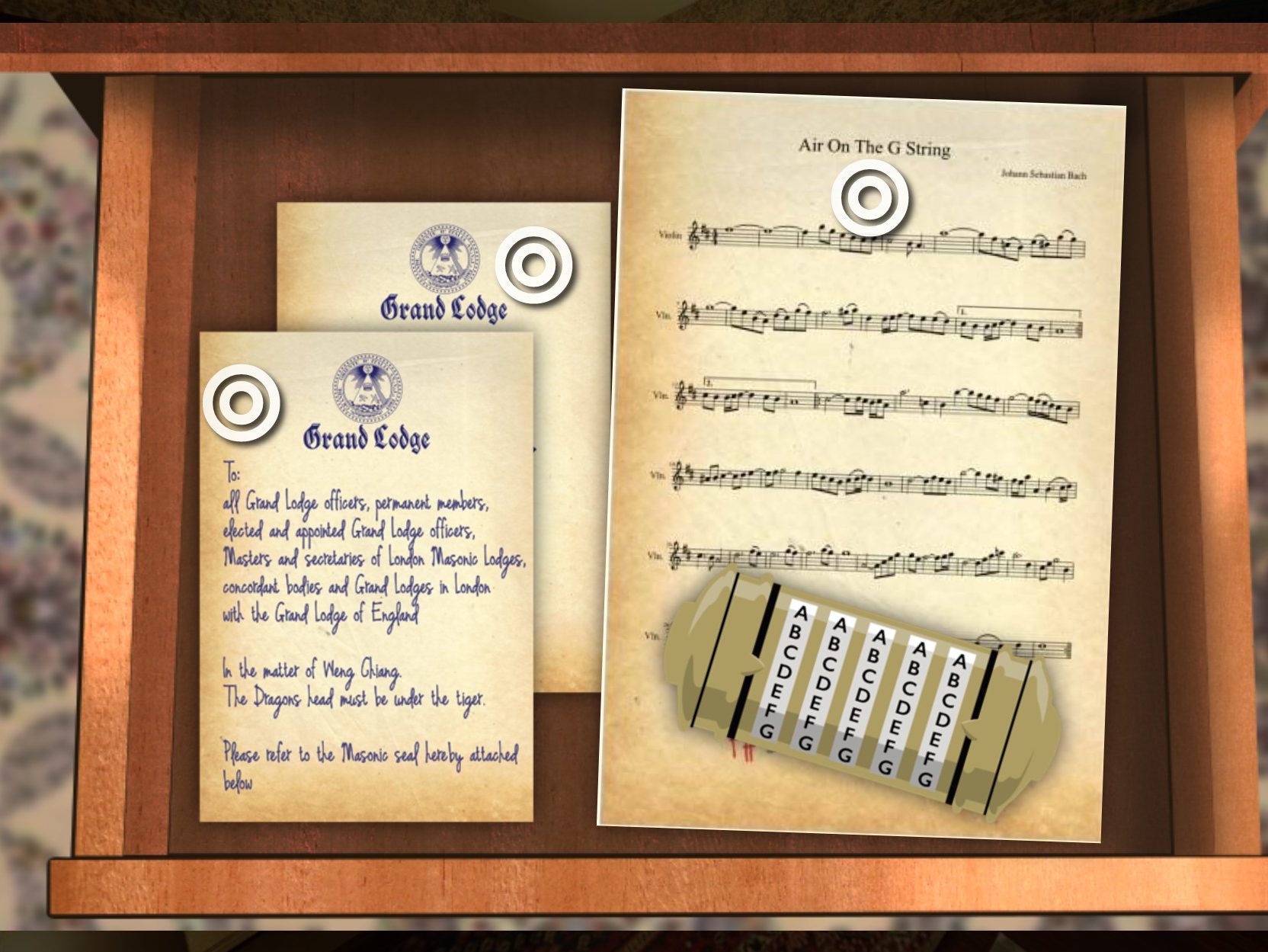Understanding the Power of Team Building

Quick Fun Office Games: 5-Minute Activities for Team Building
5-Minute Fun Activities for Adults in Team Building. Team building, an often underestimated practice, holds immense power within organizations worldwide. By nurturing professional relationships, forge a strong foundation for better collaboration, communication, and problem-solving skills.
These quick fun office games that last just 5 minutes are not just a mental break from the usual work routine, but they are also a fun way of bringing the team closer. Whether your team operates through virtual meetings or in person, the need for team building exercises remains a key factor in fostering a positive working environment. Incorporating virtual team building games into your schedule can significantly enhance team dynamics, even in a digital setting.
Importance of Virtual Team Building Activities in Today’s Professional Life
In today’s professional life, work pressures and deadlines can often lead to stress, resulting in a negative impact on team morale. This is where virtual team building comes in. They serve as an essential tool to keep employees engaged, foster a sense of community, and maintain high spirits.
Regular virtual team building games also provide opportunities for members to gain insight into each other’s strengths and weaknesses. This understanding encourages the creation of a more cohesive team, boosting productivity and fostering a harmonious work environment.
How Virtual Team Building Activities Enhance Company Culture
Company culture is largely defined by its people and the relationships among them. Virtual team building activities serve as a vehicle to drive positive company culture by promoting collaboration and unity among members.
Activities that require collective problem solving or creative thinking play a significant role in enhancing employes’ collaboration skills. In addition, team building events help underline the company’s values and ethics, reinforcing them within the team.
Benefits of Quick Team Building Activities
With time being a critical factor in today’s fast-paced work environment, quick activities serve as efficient tools to strengthen bonds within the team. Ranging from five-minute icebreakers to 10-minute creative games, these activities can be easily fit into busy schedules without hindering productivity.
The ease and speed of these activities make them a great team building exercise for both newly formed teams and established groups. They allow employes’ to break the ice, stimulate their creative thinking, and build a strong rapport in a fun, relaxed manner.
Enhancing Communication Skills through Team Building Quick Activities
Effective communication is a cornerstone of any successful team. Quick team building often require team members to interact and engage in active dialogues, improving their communication skills over time.
Activities such as ‘Two Truths and a Lie’ or a ‘Paper Plane Parade’ require employes’ to communicate effectively, improving their listening skills. Such activities, though simple and quick, can significantly enhance a team’s communication skills when conducted regularly.
How Quick Team Building Activities Promote Teamwork
Quick activities can work wonders in promoting teamwork. They often involve tasks that require participants to work together to achieve a common goal. This not only encourages collaboration but also highlights the importance of each team member’s contribution.
Through these activities, team members gain insight into the value of working as a team, promoting a healthy team spirit. These experiences also allow team members to appreciate their peers’ unique skills and capabilities, further promoting a sense of unity and mutual respect.

Boosting Team Morale with Quick Team Games
The workplace can be a pressure cooker at times, with high stress levels impacting team morale. Quick team building offer a fun and engaging way to lighten the atmosphere, lift spirits, and ultimately, boost team morale.
These games provide a mental break from routine work pressures and create a positive environment that stimulates creativity and productivity. As participants engage in these fun games, they not only relax but also develop a stronger bond with their co-workers, enhancing the overall team morale.
The Role of Communication in Indoor Team Building Activities
The importance of effective communication in a team cannot be overstated. Indoor team building activities provide an avenue for participants to communicate, understand, and connect better, thereby improving the team’s overall performance.
Activities that involve problem-solving or require coordination invariably enhance communication among team members. Not only does this improve the team’s ability to work together, but it also helps to prevent misunderstandings that could potentially hamper productivity.
Enhancing a Team’s Communication Skills through Team Versus Team Games
Communication plays a crucial role in the effective functioning of a team. Team versus team games, designed to enhance communication skills, can significantly improve team performance.
Games such as ‘Same Word Game’ or ‘Bucket List’ require participants to communicate their ideas effectively and listen to others. Such games, though seemingly simple, can greatly enhance a team’s communication skills, leading to improved collaboration and productivity.
The importance of quick and fun short team building activities is paramount in keeping the engagement high during team meetings. These activities are especially beneficial when integrating new team members or when a team leader wants to swiftly energize the group.


The Importance of Listening Skills in Virtual Team Building Activity
In virtual team building activity, not only is expressing one’s ideas important, but active listening is equally crucial. It promotes mutual respect among participants and ensures everyone feels valued and heard.
Remote Team Building games like ‘Two Truths and a Lie’ or ‘Random Words Game’ require team members to listen attentively, honing their listening skills. Regular practice of these activities can help cultivate active listening habits among team members, leading to more effective communication within the team.
Adding to these, team v team games can elevate the competitive spirit and enhance team cohesion. These games are designed to pit teams against each other in a friendly competition, fostering teamwork and strategic planning. Additionally, ten minute games are perfect for quick sessions that not only break the monotony but also boost energy levels among team members. For a more personal touch, the secret office friend game encourages members to learn more about each other in a fun and engaging way, further strengthening team bonds.
Problem-Solving Through Remote Team Building
In any work environment, teams often encounter problems that they need to solve together. Problem-solving activities designed for remote team building encourage creative thinking and collaborative solutions.
Activities like ‘Paper Tower Challenge’ or ‘Pirate’s Treasure’ engage the entire team in finding solutions, thereby enhancing their problem-solving skills. This not only helps participants in their professional lives but also aids personal growth.
Team Bonding Games to Develop Problem-Solving Skills
Problem-solving activities are integral to team bonding. Such activities compel team members to think critically and collaboratively, enhancing their problem-solving skills.
Activities like ‘The Paper Tower Challenge’ require team members to work together and come up with innovative solutions under time constraints. Regular engagement in such activities can substantially improve a team’s ability to tackle problems effectively and efficiently.
Engineering Challenges as a Means to Promote Critical Thinking
Engineering challenges in are designed to spark creativity and promote critical thinking among team members. Such challenges, like building a structure with limited resources, push team members to think out of the box.
As team members brainstorm to devise a solution, they cultivate a habit of critical thinking. This skill, once developed, not only contributes to the team’s success but also significantly enhances each team member’s professional growth.
Energizing Team Members with Quick Games
Workdays can often be long and monotonous, leading to drained energy levels among team members. Incorporating quick games into the daily routine can provide a much-needed boost of energy and fun.
These quick team building activities, requiring just a few sheets of paper or other materials, can invigorate the entire team, promoting a positive and energetic atmosphere. The resulting energy boost not only breaks the monotony but also increases productivity and morale among participants.

The Same Word Game: A Quick Game to Boost Energy
The ‘Same Word Game’ is a quick, fun game that can effectively energize your team. In this game, participants pair up and are given a word to which they must come up with related words or phrases.
The game stimulates creative thinking and fast-paced decision-making. It’s a great team bonding exercise that not only boosts energy but also promotes effective communication and teamwork among team members.
The Random Object Game: Sparking Creative Thinking in Teams
The ‘Random Object Game’ is another fun and quick game that encourages team members to think creatively. In this game, one team member chooses a random object, and the rest of the team must think of unique uses for the object.
This game promotes creative thinking and is an excellent way to energize and engage the team. It encourages participants to think out of the box and offers a fun break from routine tasks.
Team Activities for Remote Teams
In an increasingly digital world, the need for team bonding for remote teams has grown. These activities help in connecting team members who may be spread across different geographical locations, fostering a sense of unity and promoting collaboration.
Whether it’s a virtual game or a group discussion over Microsoft Teams, these activities can effectively bring remote participants closer, improving their ability to work together towards common goals.
Adapting Team Building Activity for Virtual Teams
Virtual teams face unique challenges, such as lack of physical interaction and time zone differences. However, with the right team activities, these challenges can be overcome.
Activities such as online quizzes or virtual escape rooms can be an engaging way to bring remote teams together. By adapting traditional team bonding for the virtual format, teams can foster connection and camaraderie, regardless of their physical locations.
The Role of Microsoft Teams in Remote Teams
Microsoft Teams, a widely used collaboration platform, can play a critical role in conducting for remote employes. Its features, such as group chats, video meetings, and file sharing, make it an ideal platform for a variety of team activities.
For example, the ‘Bucket List’ activity can be conducted over a group chat, where each team member shares their personal bucket list items. This activity allows participants to know each other better, promoting a more cohesive team culture.

Team Activities for In-Person Teams
Despite the rise in remote work, in-person teams continue to hold significant importance in many organizations. In-person activities offer unique benefits, such as direct communication and better interpersonal connection, that can greatly enhance team dynamics.
Whether it’s a problem-solving challenge or a creative game, these activities can effectively boost team spirit, improve collaboration, and promote a positive work environment.
Impact of Physical Interaction in Team
Physical interaction plays a vital role in team activities for in-person teams. The direct communication and immediate feedback that occur in these interactions can lead to better understanding and stronger relationships among team .
Activities that involve physical tasks, like the ‘Paper Plane Parade,’ allow participants to work together in real time, enhancing their problem-solving skills and promoting team collaboration.
Benefits of In-Person Team Building Games for Newly Formed Teams
For newly formed teams, in-person team bonding games can be particularly beneficial. These activities provide opportunities for members to get to know each other better, foster mutual trust, and establish effective communication channels.
Simple games, like ‘Two Truths and a Lie,’ can be a fun and effective way for new members to break the ice. Such games encourage open communication, helping to lay the foundation for a successful team dynamic.

Quick Team Building for Mixed Teams
In today’s flexible work environment, many teams are composed of both remote and in-person members. This blend of team structure necessitates unique team activities that can cater to both types of participants and foster a sense of unity.
Through a combination of online platforms and traditional in-person methods, these quick activities can help mixed teams collaborate effectively and improve their overall performance.
Adapting Activities for Teams with Remote and In-Person Members
For mixed teams, it’s crucial to adapt team bonding to ensure inclusion of both remote and in-person members. This could involve having simultaneous activities in both the physical and digital spaces, or opting for activities that can be done entirely online.
A great team bonding exercise for mixed teams could be the ‘Random Words’ game, where all teams participate via a digital platform, regardless of their location. This ensures equal participation and promotes team cohesion.
Considerations when Conducting Activities for Mixed Teams
When conducting team activities for mixed teams, considerations such as time zone differences, communication platforms, and availability of resources should be taken into account. It’s also important to ensure that every team member feels included, regardless of their location.
Consider activities that are flexible and can be adapted based on the teams locations. Remember, the objective is to foster connection and understanding among participants, irrespective of their geographical boundaries.
Quick Team Activities for Large Groups
Team activities for large groups can present a unique set of challenges, such as ensuring equal participation and maintaining engagement levels. However, when well-managed, these activities can be highly effective in promoting communication, collaboration, and team spirit on a large scale.
Whether it’s an engineering challenge or a creative game, these activities can significantly enhance the overall performance and productivity of large teams.
The Paper Tower Challenge: A Quick Engineering Challenge
The ‘Paper Tower Challenge’ is a fantastic quick team building activity for large groups. In this quick engineering challenge, teams compete to build the tallest paper tower within a set time limit.
This activity encourages teams to collaborate and think critically, promoting problem-solving skills and fostering a sense of healthy competition among teams. It’s not only a fun and engaging activity but also a great way to stimulate creative and critical thinking in a large team setting.
The Pirate’s Treasure: A Creative and Fun Team Building Activity
The ‘Pirate’s Treasure’ is another qouick team building activity that can be enjoyed by large groups. In this activity, the group is divided into equal teams, each given clues to find the hidden ‘treasure’.
This fun game fosters teamwork, problem-solving, and communication among participants. It’s an adventurous and engaging way to promote team collaboration and unity within a large group.

Quick Team Building Activities for Small Groups
Small teams can also benefit greatly from quick team building activities. These activities can foster a deeper understanding and stronger relationships among teams, ultimately leading to a more cohesive and effective team.
Whether it’s a truth-revealing game or a bucket list activity, quick team building activities can offer valuable opportunities for small teams to connect, communicate, and collaborate more effectively.

Two Truths and a Lie: A Fun Way to Know Your Team Members
The game ‘Two Truths and a Lie’ is an excellent team bonding activity for small groups. In this game, each team member shares two truths and one lie about themselves, and the rest of the team has to guess which one is the lie.
Not only is this a fun and engaging game, but it’s also a great way for participants to learn more about each other. This can strengthen their professional relationships, leading to a more collaborative and efficient team.
The Bucket List: A Team Bonding Activity for Small Teams
The ‘Bucket List’ is another effective team bonding activity for small teams. In this activity, teams share items from their personal bucket list, which can lead to interesting conversations and deeper connections.
This activity promotes open communication and understanding among participants. It’s a simple yet powerful way to build strong relationships within the team, fostering a positive and productive work environment.
Role-Playing Activities for Team Bonding
Role-playing activities have always been a potent tool in the arsenal of team activities. By allowing team to step into the shoes of their colleagues, they provide an excellent opportunity for empathy building and understanding different perspectives.
From enhancing communication skills to boosting engagement, these activities offer an array of benefits that contribute to the formation of a strong and cohesive team.
The Importance of Partners Switching Roles in Team Activities
One critical aspect of role-playing in team activities is the concept of partners switching roles. This means team get a chance to experience the responsibilities, challenges, and pressures that their colleagues face daily.
Switching roles can lead to a better understanding of each other’s roles, promote empathy, and reduce conflicts within the team. This improved understanding can enhance team collaboration and result in a more effective and productive team.
Role-Playing Games to Boost Teams Engagement
Role-playing games are not only educational but also entertaining. They can quickly boost engagement levels among team. Games like ‘The Silent Line’ or ‘The Customer Service Challenge’ allow teams to learn more about each other in a relaxed, fun setting.
Through role-playing games, team can learn vital skills such as problem-solving, decision-making, and critical thinking. This approach to team bonding is a fun way to promote positive aspects of company culture and build engaged employees.

Practical Tips for Implementing Quick Team Building Activity
Organizing successful team bonding activity requires careful planning and execution. From creating a conducive team collaboration space to managing time effectively, several elements need to be considered.
With the right approach, these activities can foster a healthy and positive company culture, enhance team morale, and ultimately improve the team’s overall performance.
How to Create a Team Collaboration Space
Whether it’s in-person or virtual, creating a team collaboration space is crucial. This space should be conducive to interaction, open dialogue, and, most importantly, collaboration. In a physical setting, ensure the space is comfortable and encourages team to communicate freely.
For virtual teams, various digital tools like Microsoft Teams can be used to create a virtual team collaboration space where everyone can connect, share ideas, and work together, irrespective of their geographical location.
Time Limit Considerations in Quick Team Building Activities
Setting a time limit for team bonding is essential. Time constraints can induce a sense of urgency and excitement among team, making the activities more engaging and stimulating.
However, it’s crucial to set a time limit that is reasonable and fair to all team. An overly tight deadline can lead to stress and rushed decisions, whereas a too generous one may cause loss of interest or lack of urgency.
The Significance of a Time Limit in Team Activities
Time limits play a significant role in team building. They not only add an element of challenge but also help in developing crucial skills like time management and quick decision-making among team.
However, setting the right time limit is key to ensuring the activity achieves its intended objectives without causing undue stress among the team.
Importance of Setting a Time Limit for Activities
Setting a time limit for team activities can make them more engaging and challenging. It encourages team to think quickly, collaborate effectively, and make decisions under pressure.
A well-defined time limit can help simulate real-world workplace scenarios where team often need to meet tight deadlines or make quick decisions. This can be an excellent way to equip team with the skills needed to thrive in a fast-paced work environment.
Effective Time Management in Quick Team Building Activities
Quick team building activities often require effective time management. Team need to collaborate and strategize to complete tasks within the given time limit. This can greatly enhance their problem-solving and time management skills.
However, it’s crucial to ensure that the focus is not just on ‘beating the clock.’ Instead, these activities should also emphasize the importance of quality, effective communication, and teamwork. It’s about balancing speed with efficiency and accuracy.

Creative and Fun Quick Team Building Activity
Introducing games into the workplace is a fun way to stimulate creative thinking and foster better communication among team. Whether it’s an engineering challenge or a quick team building, these activities can bring a sense of excitement and entertainment to the team.
From boosting team morale to improving problem-solving skills, creative and fun team games can have a profound impact on the team’s overall effectiveness and performance.

The Paper Plane Parade: A Fun Game for the Whole Team
The Paper Plane Parade is a quick team building game that can energize the entire team. Each team member makes a paper plane and launches it, aiming to go the furthest or hit a specific target.
Not only does it create a fun atmosphere, but it also challenges the team to think creatively and strategically. This activity promotes a spirit of healthy competition and collaboration among team and can be an excellent ice breaker for newly formed teams.
Random Words Game: Enhancing Listening Skills and Critical Thinking
The Random Words game involves one team member sharing a random word, and the next person must say a word that starts with the last letter of the previous word. This continues until someone is unable to come up with a word, and the team member with the most correct answers wins.
This fun game can improve members’ listening skills and promote quick thinking. It’s an effective way to engage the entire team and promote better communication.
Making Team Building Activities a Regular Practice
The benefits of team building activities are not a one-time deal. These activities should be a part of the regular routine in any organization. Regular practice of these activities can contribute to a more cohesive team and a stronger company culture.
From boosting morale to enhancing teams problem-solving skills, the advantages of making these activities a regular practice are innumerable.
Incorporating Team Building Activities into Your Organizational Culture
Incorporating team building activities into your organizational culture can yield positive results. These activities can help build a more open and collaborative work environment. They can also help improve communication and problem-solving skills among participants.
By making team building activities a regular practice, organizations worldwide can foster a culture of collaboration, respect, and mutual understanding.
How Regular Team Building Activities Contribute to Company Culture
Company culture is influenced by various factors, including how participants interact and work together. Regular team building activities can promote positive aspects of company culture, such as collaboration, open communication, and mutual respect.
By improving teams interpersonal relationships and enhancing their problem-solving skills, these activities can contribute to a stronger, more positive company culture.
Team Building Activities to Strengthen Professional Relationships
Strong professional relationships form the backbone of any successful team. Team building activities offer an opportunity to strengthen these relationships, which can lead to improved team collaboration and performance.
These activities provide a platform for team to communicate, collaborate, and get to know each other better. This can foster mutual understanding, reduce conflicts, and promote a more harmonious work environment.
How Regular Team Building Activities Improve Professional Relationships
Regular team building activities can play a vital role in improving professional relationships. By fostering open communication and collaboration, these activities can help reduce conflicts and misunderstandings among members.
Whether it’s a quick game or a problem-solving activity, these activities can provide participants with a platform to interact, communicate, and understand each other better. This can lead to stronger professional relationships and a more effective team.
Using Team Building Activities to Promote Positive Aspects in Teams
Team building activities are not just about fun and games. They’re also about promoting positive aspects in teams, such as open communication, collaboration, and respect for one another.
These activities can help highlight the strengths of each team member, allowing them to be recognized and appreciated. This can boost team morale, promote positive behavior, and contribute to a more positive and productive work environment.

Feedback and Reflection in Team Building Activities
Incorporating feedback and reflection into team building activities is crucial for their effectiveness and success. It enables teams to understand what works, what doesn’t, and how they can improve in the future.
The process of feedback and reflection can also encourage open dialogue among team, fostering a culture of continuous learning and improvement.

The Role of Feedback in Team Building Activities
Feedback plays a vital role in team building activities. It helps members gain insight into their strengths and areas for improvement. It can also provide an opportunity for participants to express their thoughts and opinions, fostering open and honest communication within the team.
By encouraging feedback in team building activities, teams can learn and grow together. It can help improve the team’s performance, enhance team cohesion, and strengthen professional relationships among team members.
Reflecting on Team Building Activities to Ensure Continuous Improvement
Reflection is a critical part of team building activities. By reflecting on the activities, teams can understand what worked well and what could be improved. This can foster a culture of continuous improvement, helping teams become more effective and efficient.
Through reflection, teams can also identify key factors for success and areas where they need to improve. This can contribute to the overall effectiveness of the team and the organization as a whole.
The Positive Aspects of Regular Team Building
In conclusion, regular activities offer numerous benefits. They can improve communication and problem-solving skills, boost team morale, and strengthen professional relationships. They can also contribute to a more positive and collaborative company culture.
Whether it’s a quick team building activity or a fun game, these activities can bring teams closer and help them work more effectively together.
Team Building and Its Impact on Professional Relationships
Team activities can have a significant impact on professional relationships. By promoting open communication and collaboration, these activities can foster stronger relationships among participants.
Regular team activities can also help resolve conflicts and misunderstandings, leading to a more harmonious work environment. In the long run, these activities can contribute to a more cohesive team and a more productive organization.
Building a Cohesive Team Through Regular Team Building Activities
Regular activities can help build a more cohesive team. They can foster mutual understanding, enhance collaboration, and promote open communication among team .
By improving the team’s communication skills and problem-solving abilities, these activities can contribute to a more effective and efficient team. Ultimately, regular team building activities can lead to a more positive and collaborative work environment, benefiting the entire organization.









